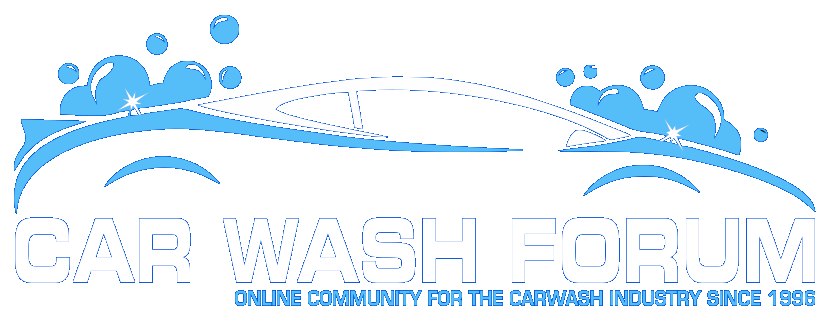Bubbles Galore
Active member
What is necessary, what is not? I have heard conflicting stories from different operators and distributors. Most have said that an entrance apron isn't really necessary, just an exit one.
Does anyone have any tips for tying into an existing system? This will be my first jump into it and want to make sure that I do it the right way...ripping up concrete is pretty expensive.
Does anyone have any tips for tying into an existing system? This will be my first jump into it and want to make sure that I do it the right way...ripping up concrete is pretty expensive.




